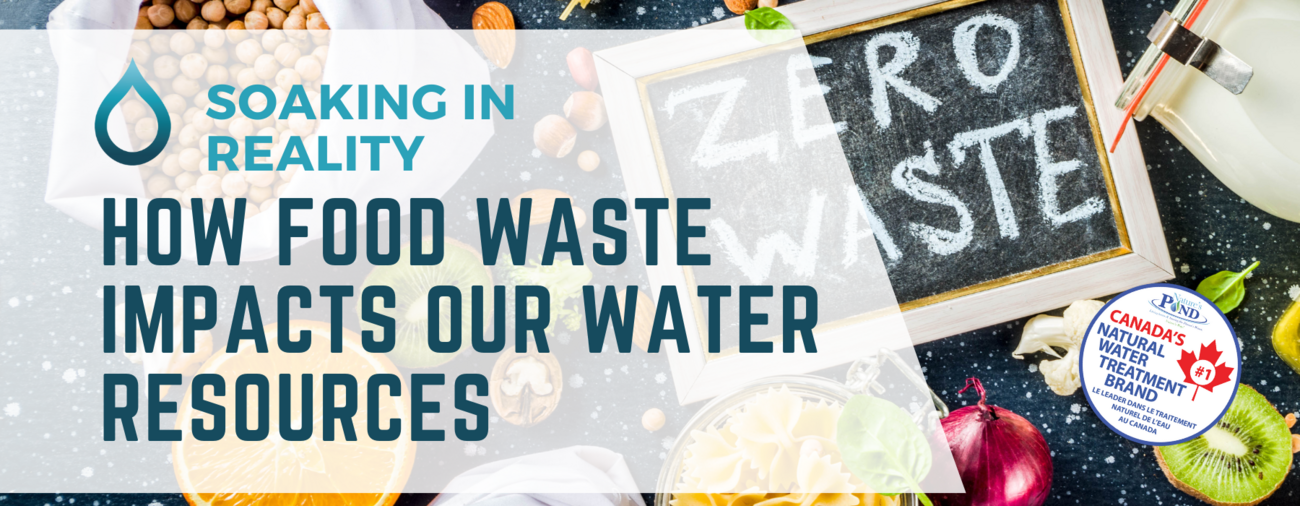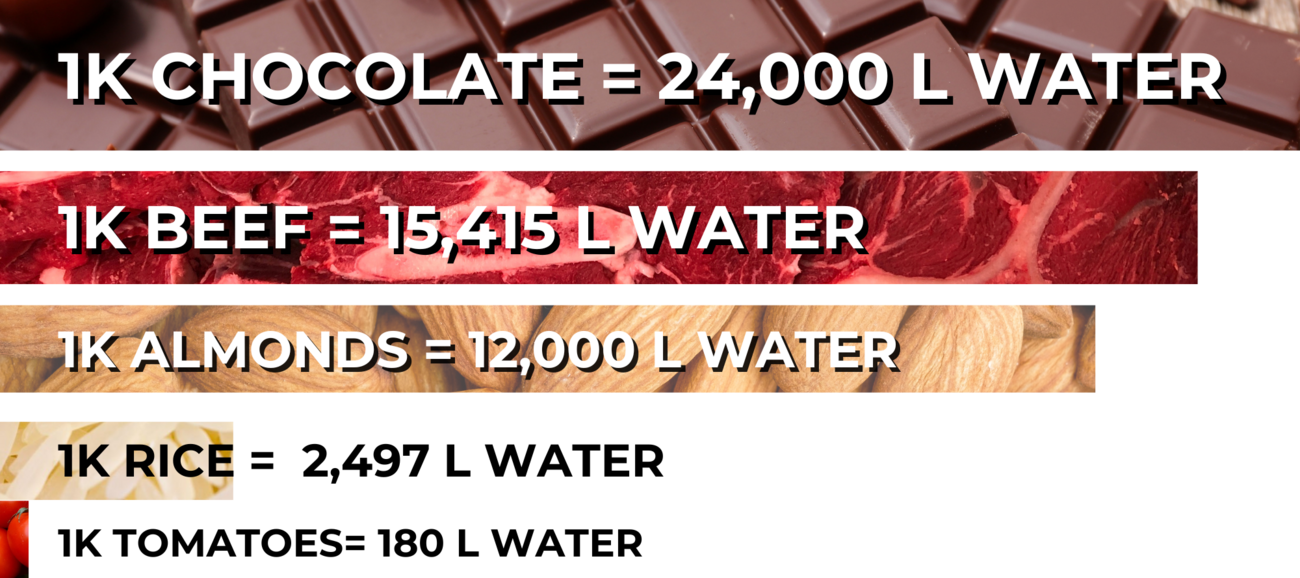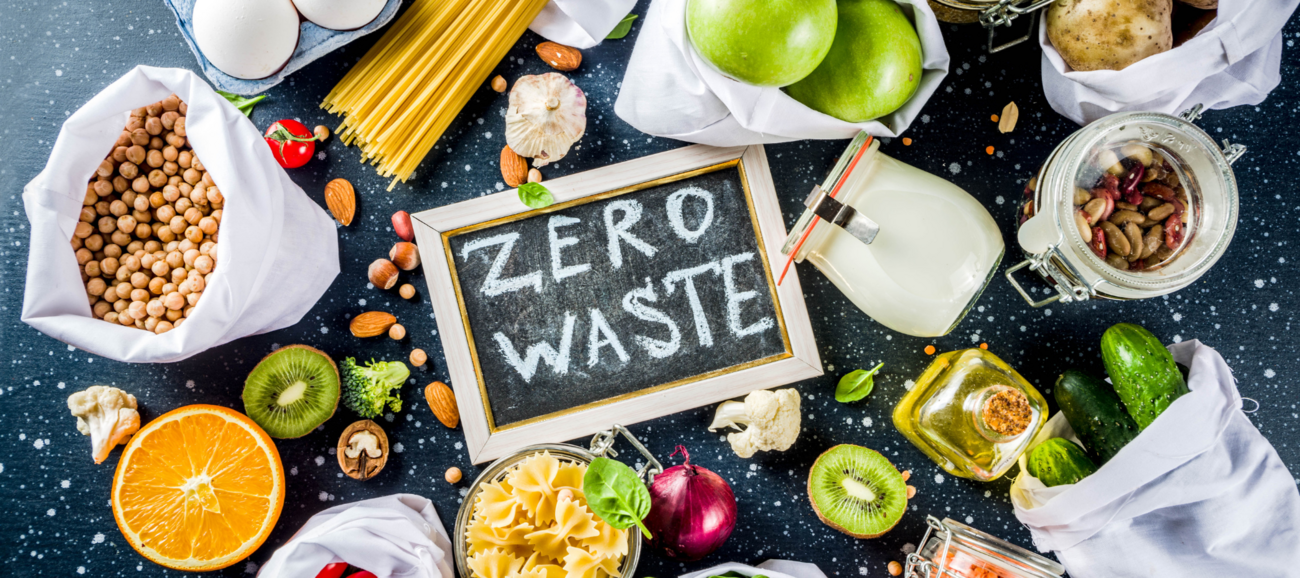
.png)
As we mark Food Waste Day, it's a good time to reflect on the intricate connection between the food we consume and the resources required to produce it. At Koenders Water Solutions and Nature's Pond, we are committed to environmental stewardship, recognizing the importance of conserving and respecting our natural resources.
Today, on Food Waste Day we delve into a crucial aspect of food production that often goes unnoticed: the significant amounts of water needed to produce our everyday foods.
Understanding the Water Footprint of Food
The "water footprint" associated with food, measures the freshwater used to produce it. This includes water consumed in processes like irrigation and water used in the processing of food products. Astonishingly, agriculture accounts for about 70% of global freshwater use. This massive consumption highlights the need for sustainable water management practices, especially in food production.
To illustrate the concept, here's the water footprints of some common foods:
- Chocolate: Producing just one kilogram of chocolate can consume up to 24,000 litres of water, making it one of the most water-intensive snacks.
- Beef: It takes approximately 15,415 litres of water to produce 1 kilogram of beef. This includes water for drinking, irrigating feed crops, and processing.
- Almonds: Known for their high-water requirements, it takes about 12,000 litres of water to produce a kilogram of almonds.
- Rice: A staple in diets worldwide, rice demands about 2,497 litres of water per kilogram.
- Tomatoes: More water-efficient, tomatoes require about 180 liters of water per kilogram.

The Impact of Food Waste
Every time food is wasted, all the resources used in its production are also wasted. This includes the large volumes of water embedded in each morsel. By reducing food waste, we can significantly cut down on unnecessary water consumption.
How You Can Help
Be mindful of purchases: Plan your meals and buy only what you need. This simple step can drastically reduce food waste.
Use leftovers creatively: Transform leftovers into new meals instead of throwing them out.
Support sustainable practices: Research and opt for products from sustainable water management companies.
Store food properly: Storing fruits and vegetables properly is crucial for extending their shelf life, reducing food waste, and maximizing the value of your purchases.
Here are some best practices for effective storage of fruits and vegetables:
1. Control Humidity Levels
Most refrigerators have humidity drawers (crisper drawers) designed for fruits and vegetables. Use these drawers to control humidity:
High humidity drawer (about 95% humidity) is best for leafy greens, herbs, and vegetables that wilt (e.g., broccoli, carrots).
Low humidity drawer (about 85% humidity) is ideal for fruits and vegetables that emit ethylene gas such as apple, banana and pear.
2. Opt for Cool, Dark, and Dry Storage for Some Foods
Not all fruits and vegetables should be refrigerated. Onions, garlic, and potatoes prefer cool, dark, and dry places like a pantry. Keep them in a well-ventilated area to prevent moisture accumulation, which can lead to rot.
3. Monitor Temperature Fluctuations
Keep your refrigerator temperature at or below 40°F (4°C). The freezer should be at 0°F (-18°C). Avoid placing produce near the refrigerator walls if your model tends to freeze near the back.
4. Wash Wisely
Wash fruits and vegetables just before you use them, not when you bring them home. Excess moisture can promote mold growth. However, items like berries can be washed in a diluted vinegar bath (1 part vinegar to 3 parts water) to kill spores and bacteria, then dried thoroughly before storing in the fridge.
5. Use Proper Ventilation
Fruits and vegetables need good air circulation to stay fresh. Avoid storing them in airtight containers unless they are cut or peeled. Instead, use perforated bags or containers with ventilation holes.
6. Utilize Proper Packaging
Some vegetables like carrots, radishes, and celery can be kept crisp by storing them in water in a covered container in the refrigerator.
Herbs can be stored like bouquets in a glass of water, covered loosely with a plastic bag in the fridge.
7. Understand Ethylene Production
Some fruits, like apples, bananas, and pears, produce ethylene gas, which can accelerate ripening (and spoilage) in other produce. Store ethylene-producing fruits separately from ethylene-sensitive vegetables like potatoes, leafy greens, and carrots.
8. Separate Fruits and Vegetables
As a general rule, keep fruits and vegetables in different drawers to prevent unwanted interactions, like the premature ripening caused by ethylene.
9. Regularly Check for Spoilage
Regularly inspect stored fruits and vegetables and remove any spoiled or rotting produce to prevent the spread of decay to healthy items.
By implementing these best practices, you can significantly enhance the longevity and quality of your fruits and vegetables, contributing to less food waste and more sustainable consumption habits.

This Food Waste Day, let's pledge to be more conscious of our water usage and the food we waste. By making informed choices and advocating for sustainable practices, we can contribute to a healthier planet. Remember, every action counts when it comes to conservation. Let's make every drop of water count!
Koenders Water Solutions remains committed to providing solutions that not only enhance water quality but also protect our environment. Together, we can achieve a sustainable future, starting with the way we manage our most precious resource: water.